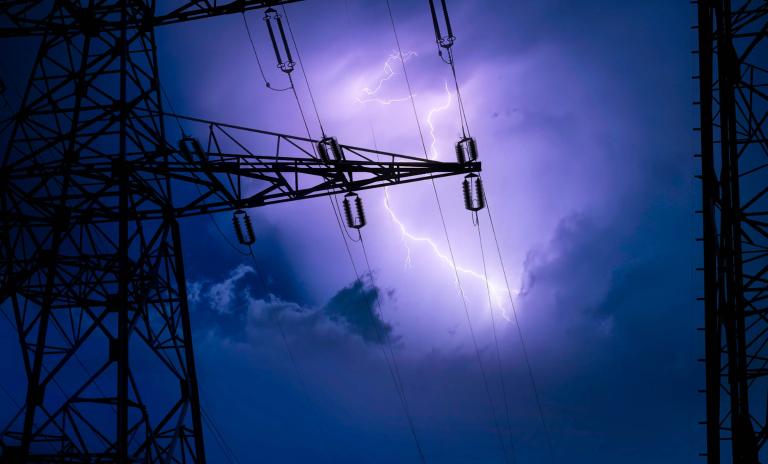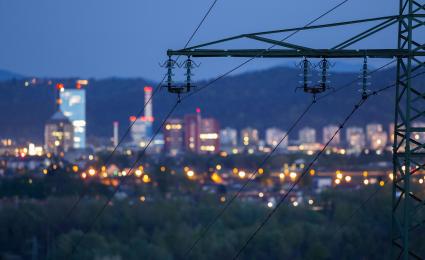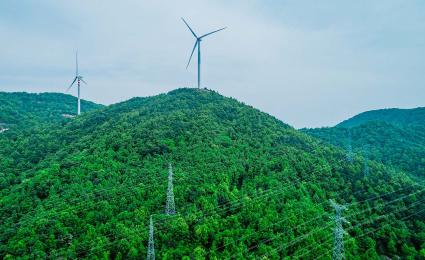Roland Berger presents a toolkit to understand opportunities and risks for your business in EV charging.
Rethinking energy system resilience for a new era
![{[downloads[language].preview]}](https://www.rolandberger.com/publications/publication_image/Roland_Berger_2293_RethinkingEnergy_Cover_download_preview.jpg)
This new Roland Berger article asserts that it is time for us to rethink the trajectory of our energy systems to ensure resilience while responding to the urgent need for decarbonization, affordability and equity.







